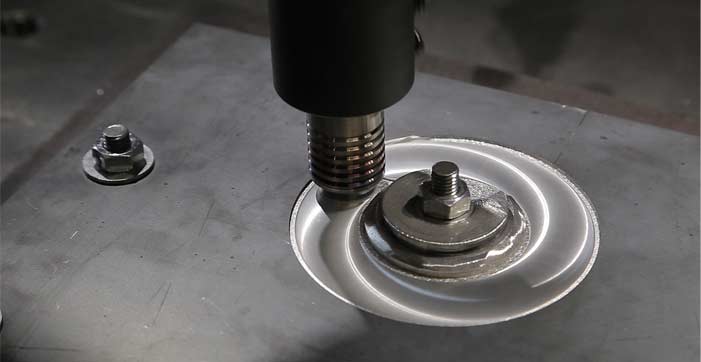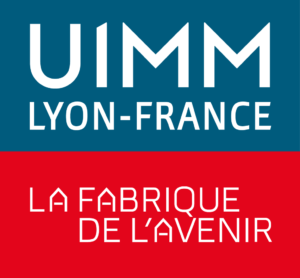Why choose friction stir welding? Advantages
Friction stir welding (FSW) is a relatively new welding technique that offers many advantages over traditional welding methods. FSW was developed in the 1990s by The Welding Institute (TWI) in the UK and has since gained popularity in many industries, including aerospace, automotive, and marine. In this article, we will discuss the advantages of FSW and why it may be the best choice for certain welding applications. Here are some advantages:
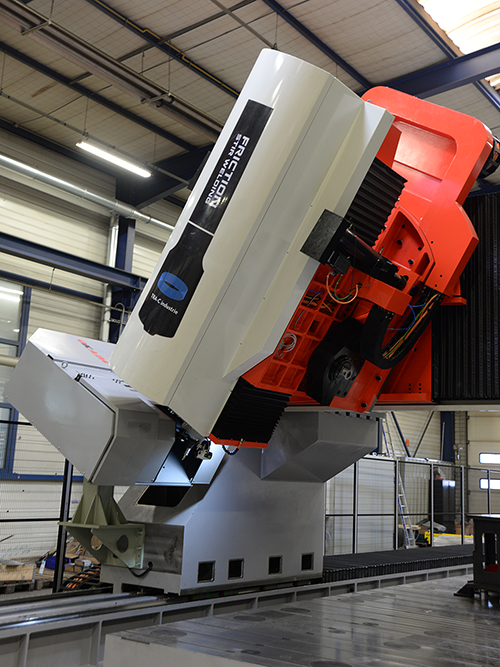
No melting or fumes
One of the primary advantages of FSW is that it is a solid-state welding process. Unlike traditional welding methods that use heat to melt the materials being joined, FSW uses a rotating tool to create friction between the materials, causing them to soften and blend together. This means that there is no melting of the materials and no fumes are produced, making FSW a safer and more environmentally-friendly option.
Stronger welds
Because friction stir welding does not involve melting the materials being joined, there is no need for filler material, resulting in a stronger, more consistent weld. Additionally, the friction created by the rotating tool creates a plasticized material that flows around the tool and solidifies behind it, creating a weld that is free of porosity and defects. FSW has been shown to produce welds with higher tensile and fatigue strength than traditional welding methods.
Versatility
FSW can be used to join a wide variety of materials, including aluminum, copper, magnesium, and titanium. It can also be used to join dissimilar materials, such as aluminum to steel, which can be difficult to do with traditional welding methods. Friction stir welding can be used in a variety of applications, including the manufacturing of aircraft and spacecraft parts, automotive parts, and marine vessels.
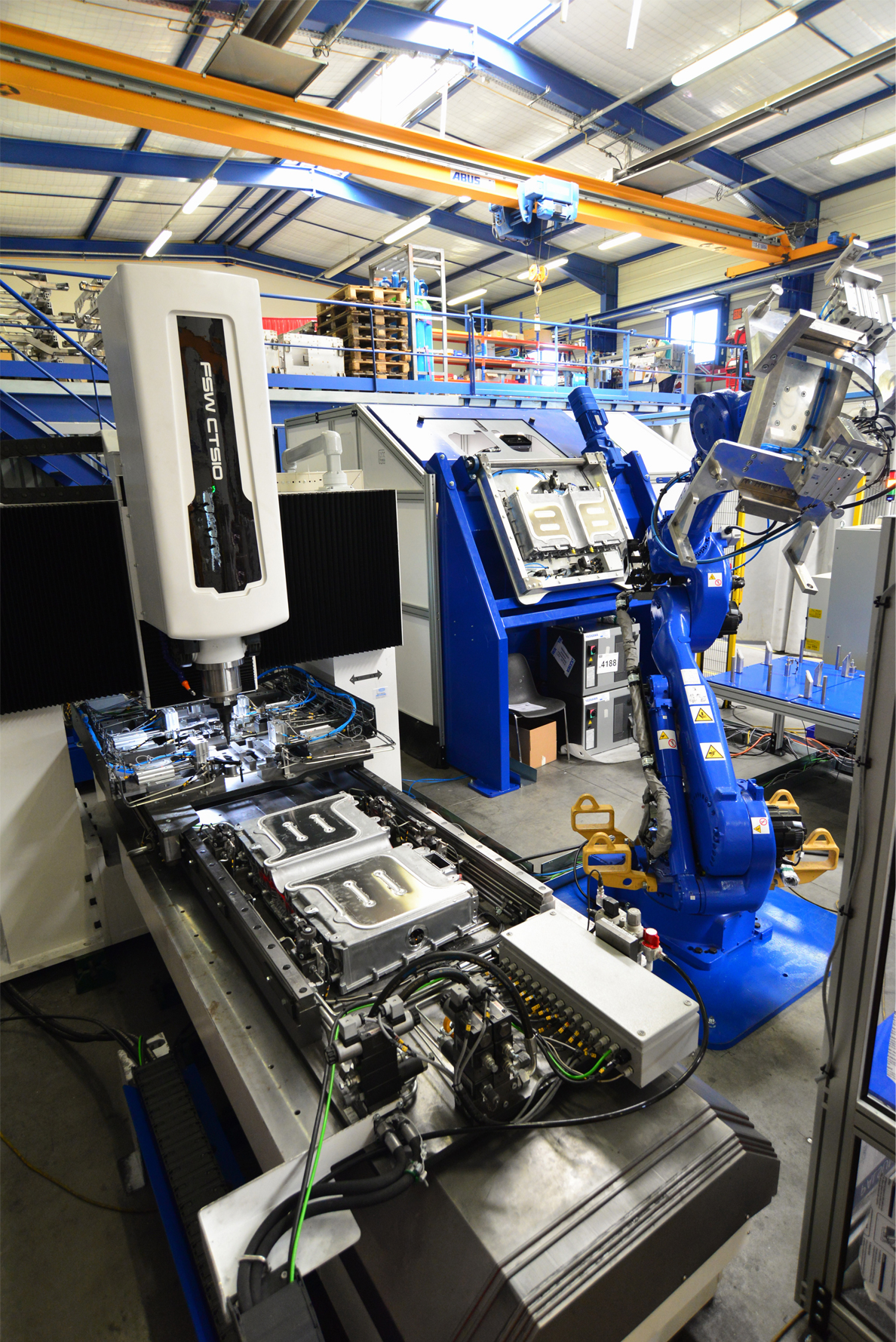
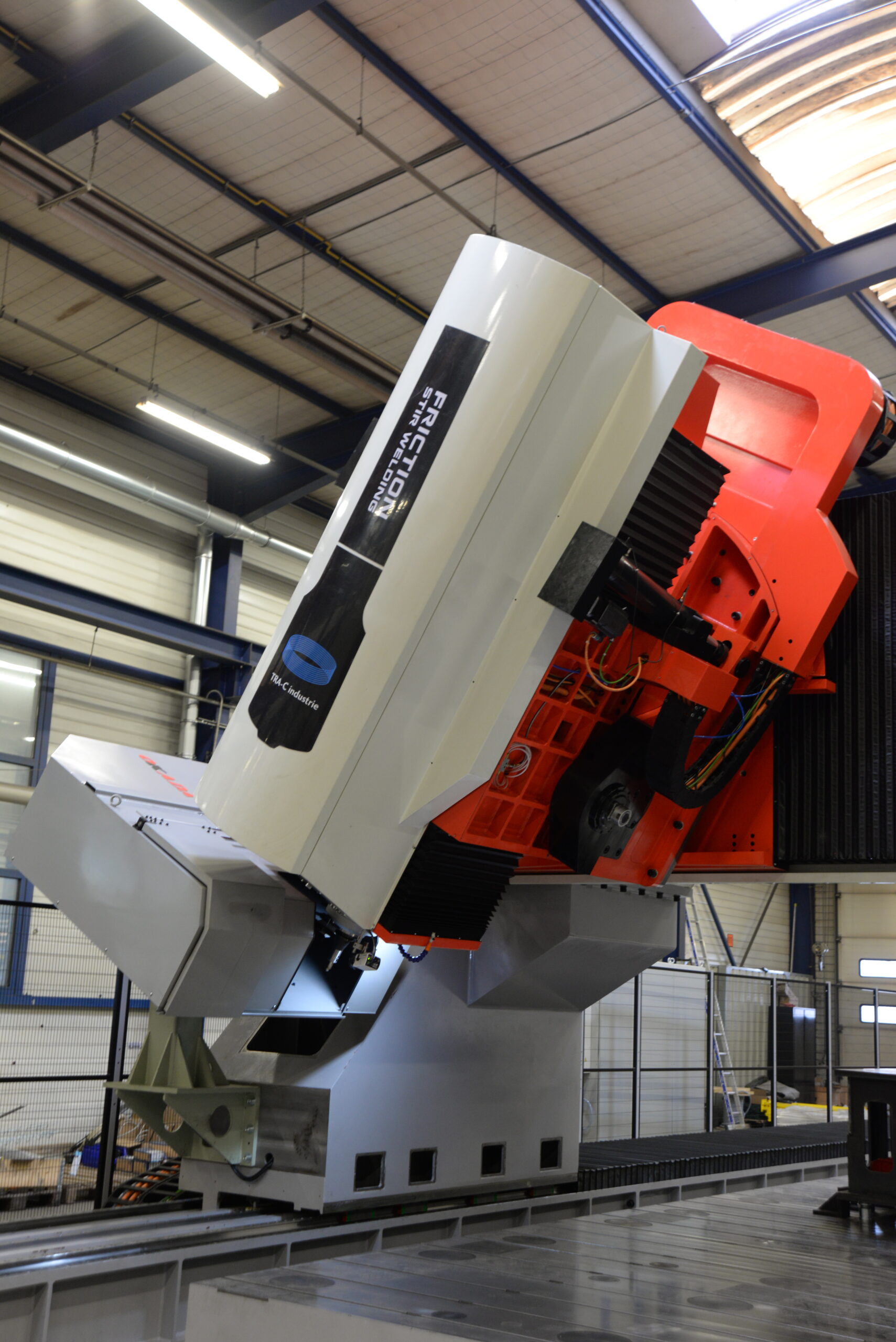
Reduced distortion and shrinkage
Traditional welding methods can cause distortion and shrinkage in the materials being joined, which can compromise the integrity of the weld. FSW produces very little distortion and shrinkage, resulting in a more precise and accurate weld.
Lower energy consumption
Friction stir welding requires less energy than traditional welding methods, making it a more energy-efficient option. Because FSW does not involve melting the materials being joined, it requires less heat and therefore less energy to create the weld. This can result in significant cost savings over time.
Safer working conditions
Because FSW does not involve melting the materials being joined, there is no risk of sparks or flames, reducing the risk of fire or explosion. Additionally, because there are no fumes produced during the process, there is less risk of respiratory problems for welders.
Faster welding times
Friction stir welding is a faster process than traditional welding methods. Because FSW does not require filler material, it can be completed in fewer passes, resulting in a shorter welding time. Additionally, FSW can be done in one continuous pass, which eliminates the need for repeated stops and starts, resulting in a more efficient process.
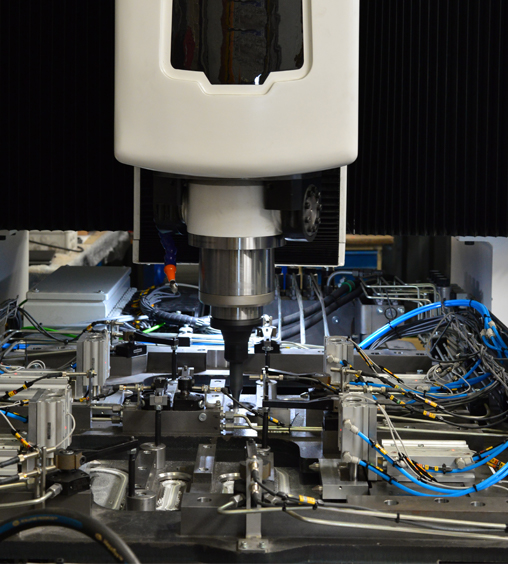
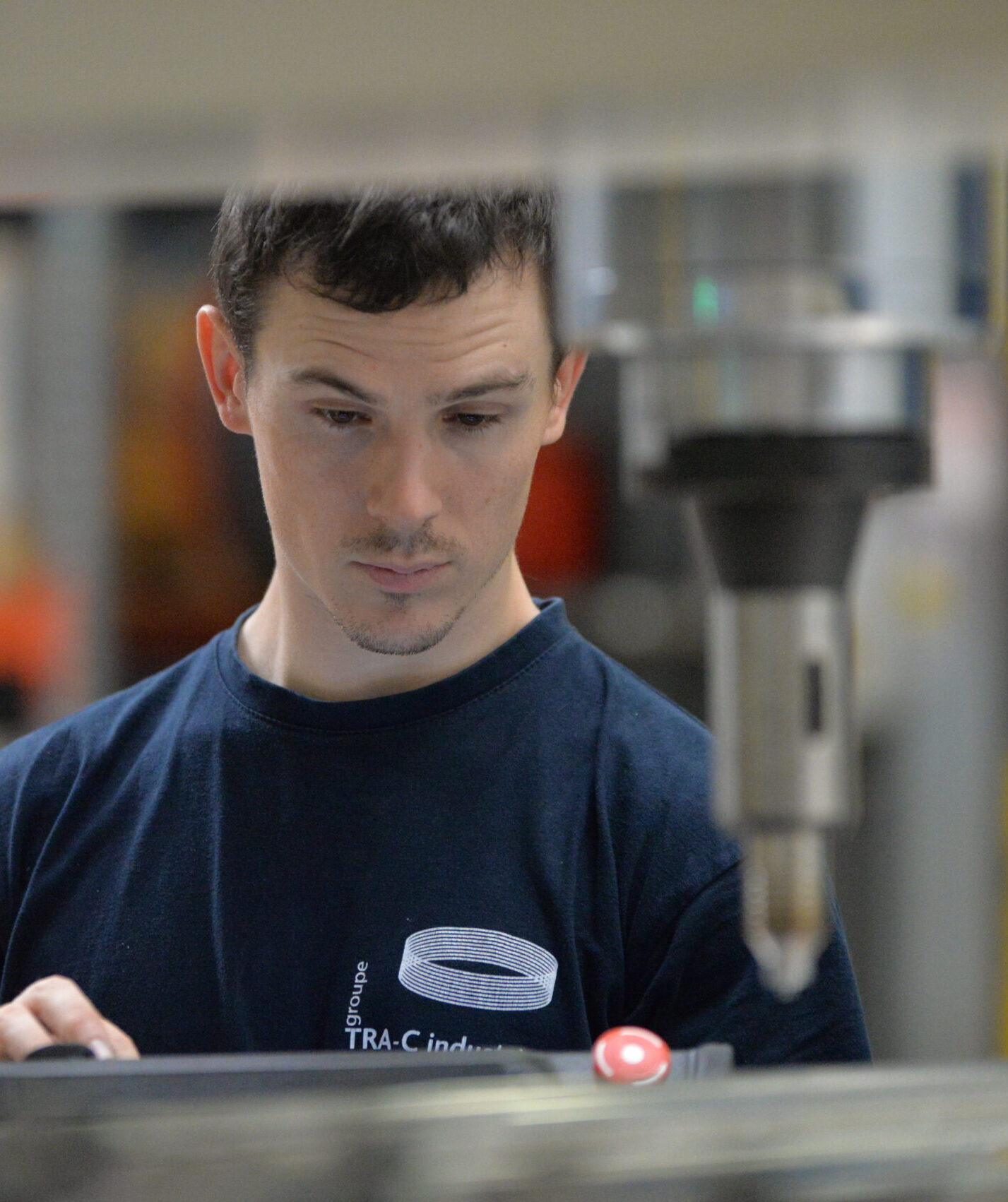
Lower maintenance costs
FSW equipment requires less maintenance than traditional welding equipment. Because FSW does not involve melting the materials being joined, there is less wear and tear on the equipment, resulting in fewer repairs and replacements. Additionally, because FSW does not require filler material, there is less material waste, resulting in lower material costs over time.
Environmentally friendly
Because friction stir welding does not involve melting the materials being joined, there is no need for shielding gases, which can be harmful to the environment. Additionally, because FSW produces very little waste, it is a more environmentally-friendly option than traditional welding methods.
A leading technology in numerous industries
The aerospace and automotive industries have been at the forefront of adopting FSW due to its advantages. For example, Airbus uses FSW in the construction of its A380 aircraft, which features a significant amount of aluminum components. Friction stir welding has also been used in the construction of the Space Launch System (SLS), NASA’s next-generation rocket that will carry humans and cargo into deep space. The SLS includes numerous components made from lightweight materials, such as aluminum and titanium, that are joined using FSW. The use of FSW in these industries has resulted in significant improvements in quality, productivity, and cost-effectiveness.
Friction stir welding has also been applied in other industries, such as shipbuilding and railway transportation.
For example, friction stir welding has been used in the construction of the Queen Elizabeth-class aircraft carriers for the UK’s Royal Navy. The carriers feature a significant amount of aluminum components that are joined using FSW. The use of FSW in shipbuilding has resulted in reduced weight and improved fuel efficiency, leading to cost savings over the lifetime of the vessel. FSW has also been used in the construction of railway carriages, resulting in lighter and more durable carriages that require less maintenance.
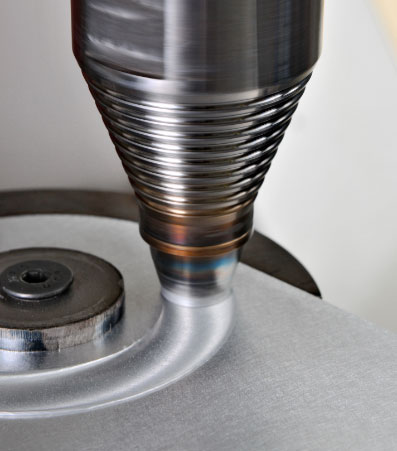
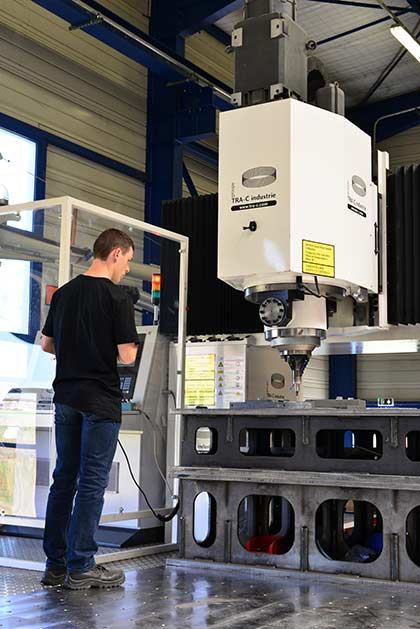
Conclusion
In summary, friction stir welding offers numerous advantages over traditional welding techniques, making it a wise choice for various industries. FSW produces high-quality welds with excellent mechanical properties, and it is environmentally friendly, versatile, and can be used to weld complex geometries and hard-to-reach areas. Although FSW has some limitations, such as the initial cost of the equipment and the level of skill required to operate it effectively, its long-term benefits outweigh these costs. As a result, friction stir welding has been widely adopted in industries such as aerospace, automotive, marine, and rail transportation, among others, and is expected to continue to grow in popularity as more industries recognize its potential.


